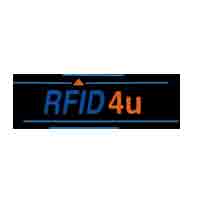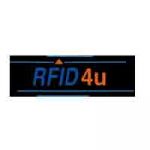
OVERVIEW
AIDC device integration such as that of RFID or NFC readers and printers into the new RFID system and existing IT Enterprise Systems can be challenging, especially due to large amounts of data and considerations like reader management, air interface control, network utilization and information exchange. In order to integrate RFID technology into your current business, you will need an application, that will manage RFID readers and printers and communicate between these devices and your existing business applications, which is often referred to as RFID Middleware.
DESCRIPTION
Radio-frequency identification (RFID) systems require a new kind of RFID Middleware, as well as conventional integration middleware. Conventional middleware is used primarily to link disparate applications, both internally and externally, to the enterprise for:
- Routing data using different transport protocols
- Translating data into different formats
- Web services
RFID Middleware provides customers with the ability to focus on vertical applications, while the middleware includes extensive data collection and management tools including tools for AIDC device integration and management. The flow of data between readers and enterprise applications manages:
- Data quality
- Data filtering
- Data aggregation
- RFID Device management
Today the line between RFID middleware and front-end RFID software is often blurred as one application handles the functions of middleware including device management, tag read filtering and logic application, as well as provides user interface and user-related functions like dashboards and reporting. The functions depend on the user level and their need and requirements as well as on the existing systems in use.
RUFUtech has implemented several options for our clients:
- RFID Middleware stays in the background and feeds data into an existing inventory control system.
- RFID Middleware deployed together with RFID software that communicates with the ERP system. The ERP system is used by the management and to create orders and provide product information from the database, but the RFID software with its interface is used by the staff on-site, for further order processing and verification. Data from the RFID application is then sent back to the ERP. This is the most common deployment.
- Customer does not have efficient back-end or ERP application and uses the RFID application instead. This application is expanded to cover all functions of business management system (such as inventory control, asset management, access control, event management and other systems).
- http://www.rufutech.com


